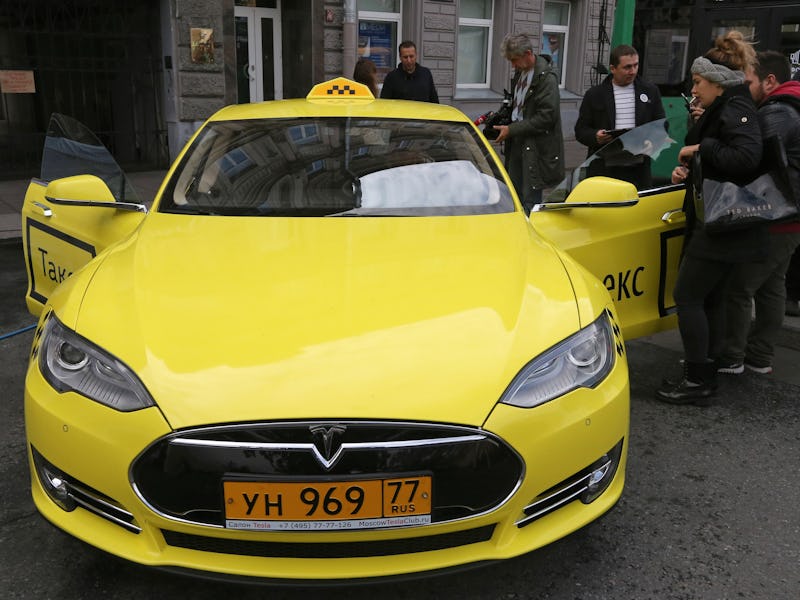Tesla's Elon Musk explains how self-driving will go beyond robo-taxi
Tesla has started rolling out a beta version of its semi-autonomous driving software. CEO Elon Musk has big plans for its future.

Tesla took a step toward full self-driving this week.
But CEO Elon Musk suggests this technological advance will pale in comparison to the changes in how owners use their cars.
On Tuesday, Musk announced Tesla would start rolling out a beta version of its full self-driving software. This new version is expected to drive a car without human intervention in more situations than ever before. But during the company's third-quarter 2020 earnings call on Wednesday, Musk suggested that this version offers just a taste of how full self-driving could change car ownership forever.
Responding to a question Wednesday on the company's new insurance policy plan for Tesla owners, Musk explained the company plans to "focus on enabling the robo-taxi system." The idea would be to allow private Tesla owners to offer their cars out for rent. This idea was outlined in a 2016 master plan — a Tesla owner will be able to add their autonomous car to a shared fleet. Passengers can then hail a ride using a smartphone app, just like Uber, and the car would drive itself to collect them.
Drivers could add their car to the fleet whenever they're not using the car, so the car could earn money for the owner.
But as Musk explained Wednesday, that is "really quite a small subset" of what may be to come:
"You can have the car be autonomous for you, you can... share it with friends and family, you can add or remove it from the network, you can have it be entirely in the network. I mean, if you're an Uber or Lyft driver you could be managing a fleet of 10 cars. Sort of seems like a shepherd tending the flock type of thing."
The comments suggest Musk wants to promote a variety of uses for full self-driving — utilities that go beyond driving a person from A to B, whether they be an owner or a passenger.
Users may be encouraged to share a single car among trusted family members and close friends, leveraging the autonomous driving software so other people can request the car to come and pick them up, for example. The software could also enable drivers to cultivate and manage an entire fleet of cars.
These advances are long in the making. In October 2016, Tesla started shipping vehicles equipped with cameras and sensors designed to support autonomous driving. But the company's rewritten, full self-driving software just entered limited beta this week.
Encouragingly, it's received a warm reception. Twitter user "TeslaownersSV" shared a video of himself and YouTuber "Tesla Raj" excitedly reacting to the new software:
The beta release notes state the car can "make lane changes off highway, select forks to follow your navigation route, navigate around other vehicles and objects, and make left and right turns." It is important to note that despite the upgrade, drivers are expected to keep their hands on the wheel at all times and be ready to take over from the car's internal computer at any moment.
More cars will be upgraded to the new software soon.The goal is to release to "more people" by this weekend or early next week, according to Musk. In the earnings call, he said the company plans to gradually roll out the update to consumers over coming months, before offering a wider release "by the end of this year."
The Inverse analysis – Tesla's beta release of its much-hyped self-driving software is already proving popular, but it'll be a while before we're hailing robo-taxis with a Tesla app.
Even if Tesla can perfect the software and roll it out across more vehicles, regulators need to give the thumbs-up before drivers can keep their hands off the wheel of their own car, let alone launch a driver-free taxi service.
In May 2020, Musk said the service could enter operation in some markets in 2021. Whether that promise holds up will depend on factors beyond Tesla's control.